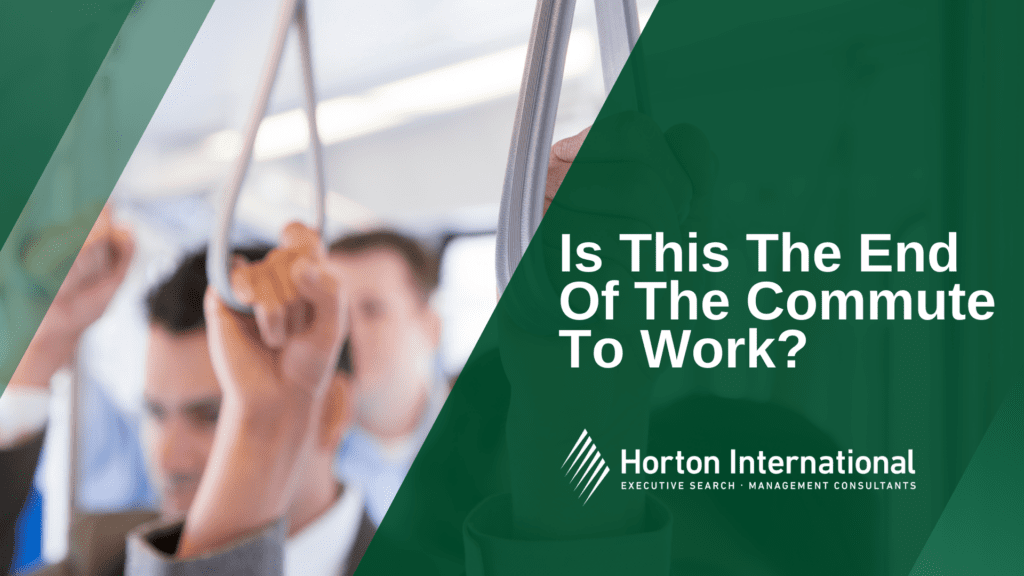If like many of us you found yourself glued to the news during lockdown, you probably saw plenty of coverage detailing the significant drop in air pollution around the world as we were told to work from home where possible.
With millions able to successfully work remotely for several months, it wasn’t just the quality of the air that changed either.
As many employers are starting to reopen their doors and slowly welcome teams back to offices and workplaces around the globe, there has been a dramatic shift in attitudes towards the daily commute too. Once seen as part and parcel of the job, many employees working across various industries now see the journey into work as unnecessary and even detrimental to their overall wellbeing, with many looking to their employers to provide more flexible post-pandemic working arrangements.
In the UK, research has shown that 19 percent of employees said they intended not to commute at all after coronavirus restrictions were lifted compared to 39 percent who said they would go into work some for part of the week.
With just 42 percent saying that they intend to restart their normal daily commute, UK employers are being urged to look at hybrid methods of working in order to keep their staff happy, engaged and productive as we move into the ‘new normal’.
Likewise, in America, a study conducted by job site Flexjobs reported that 60% of women and 52% of men would go so far as to quit their current positions if they weren’t allowed to continue working remotely at least part of the time. Commuting was cited as an anxiety increasing and unnecessary risk given rising transmission rates.
What does this mean for the workplace?
Employers all over the globe are now adopting new methods of working to keep their employees happy and to safeguard their wellbeing rather than expecting them to head back to tube stations and public transport in order to get into the office.
Hybrid working arrangements are especially in vogue, giving employees greater flexibility with the working week split between time spent at home and days in a traditional office setting. This trend it is also revolutionising the floorplans of workplaces with more hot desk facilities, fewer desks overall and larger free space areas now being created to allow employees to better distance themselves from others.
Some offices have even been able to successfully downsize due to hybrid working arrangements, saving substantial amounts of cash by downsizing rent or lease payments, rates and utilities. This form of working could mark the start of a post-pandemic workplace revolution and the beginning of the end of the daily commute for many.







